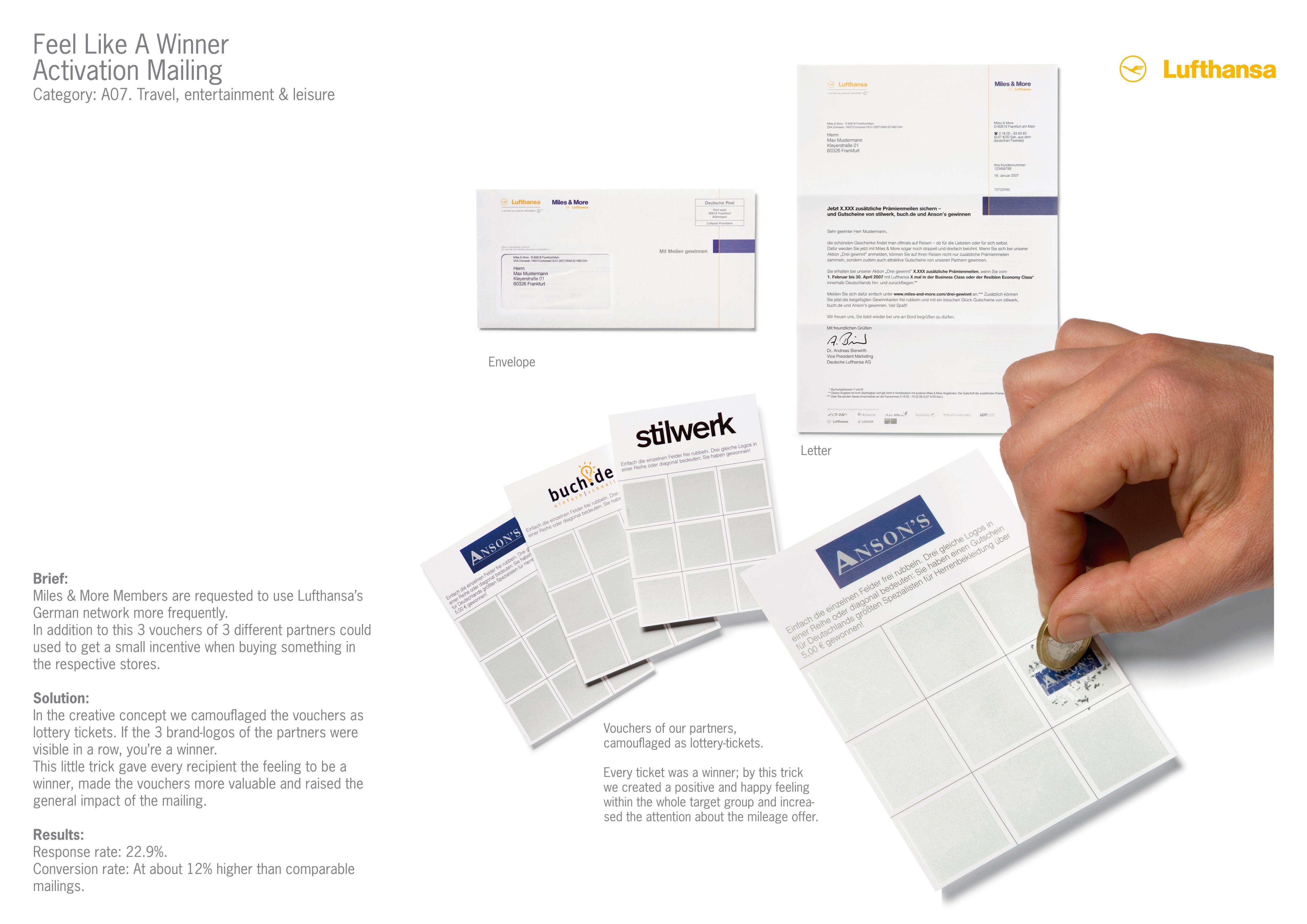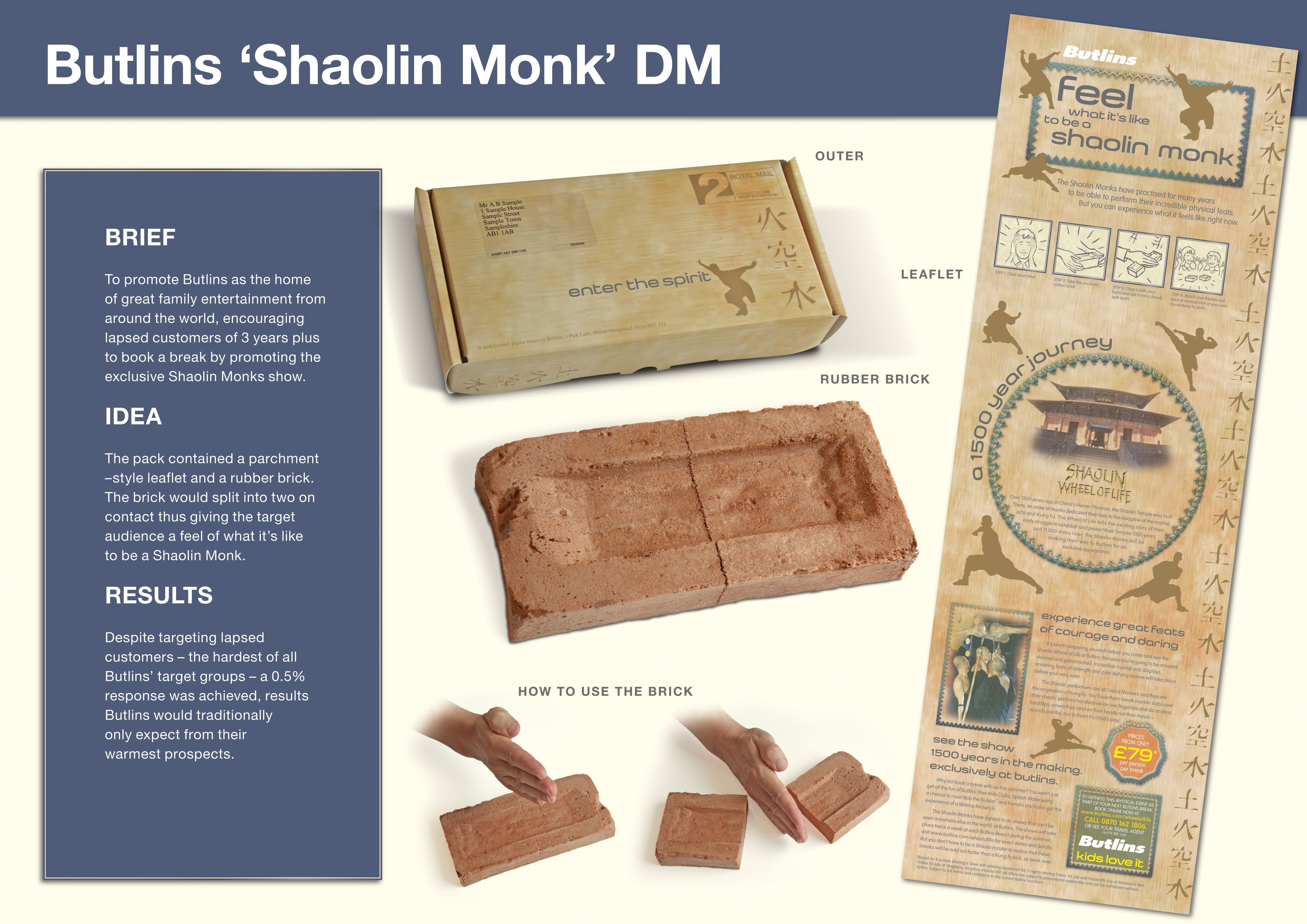Cannes Lions
SPA RESORT COMPLEX
DENTSU PUBLIC RELATIONS, Tokyo / JOBAN KOSAN / 2012



Overview
Entries
Credits
Overview
Description
One of the aftershocks of the massive earthquake and tsunami that struck northern Japan in March 2011 partially destroyed Spa Resort Hawaiians, a leisure complex in Fukushima located south of the crippled Daiichi nuclear power plant. Owner, Joban Kosan, needed a media-relations campaign to both reassure staff, shareholders and local suppliers that the resort was still in business, and also to ready visitors ahead of the re-opening once repairs were completed. A media relations campaign was conceived around reforming the resort’s famous hula dance troupe and its first nationwide tour in 45 years. The strategy was aimed at providing the Japanese media with a feel-good story of hope and determination after weeks of reporting only the disaster’s horror. The campaign’s magic was its delivery of movement, music and colour in attractive women-dancers to media, which sought a positive angle to the dour situation. Once the PR team announced the plan of a nationwide hula tour, the media themselves drove the bandwagon, maintaining adoring coverage through the dancers’ 5-month, 125-venue tour. The PR team regularly updated the media on the troupe’s progress, identify venues for upcoming shows, and engineered set-pieces ideal for reporting – such as the troupe’s highly symbolic performance in Kobe, a city reborn from the 1995 7.2 magnitude Great Hanshin earthquake to earn positive publicity. The campaign was so successful that it spawned a documentary film and, the unexpected provision of loans totalling 10bn yen (US$128m) from Japanese banks to help fund the restoration of the resort's facilities.
Execution
An interview was given to the mass-circulation newspaper, Asahi Shimbun, which on April 4th brought news of the first nationwide hula-dance tour in 45 years - other media immediately seized the ‘feel good’ news. Twitter exploded with unsolicited messages of support and fuelled additional conventional electronic- and print-media interest. The PR team’s role then became to manage the media frenzy. Photo-op performances were arranged at a shelter for Fukushima evacuees, at a former coal-mining town in Kyushu, at Shinjuku station in Tokyo, on Japanese TV accompanied by megastars, SMAP, and finally back in Iwaki, coinciding with the resort’s partial re-opening. Footage of the performances was uploaded onto the facebook page and YouTube and viewed 200,000 times in total. Though the agency created an overall campaign plan, activities were planned on an ongoing basis – some only the day before implementation – because the post-disaster situation was so fluid.
Outcome
The five-month campaign was a phenomenal success, with 432 instances of mainstream print-media coverage mentioning people being cheered up (prior to July 2011). Over 7,000 instances of media-coverage were garnered in both domestic and foreign media including nytimes.com and the Daily Telegraph. The troupe was appointed as the Goodwill Ambassadors to the Pacific Islands Forum by the Japanese Foreign Minister and received the Japan Tourism Agency Commissioner Award. The campaign was so popular and uplifting for the entire country that a documentary film was produced, and screened at the 24th Tokyo International Film Festival and launched at theatres nationwide from October, 2011. Reservations were almost fully booked from February 2012 to summer 2012. In February 2012, visitor numbers were also even with 2011 - even with ongoing radiation fears. The highly visible campaign also attracted loans totalling US$128m from 3 megabanks aimed at the restoration of the resort facilities.
Similar Campaigns
6 items




